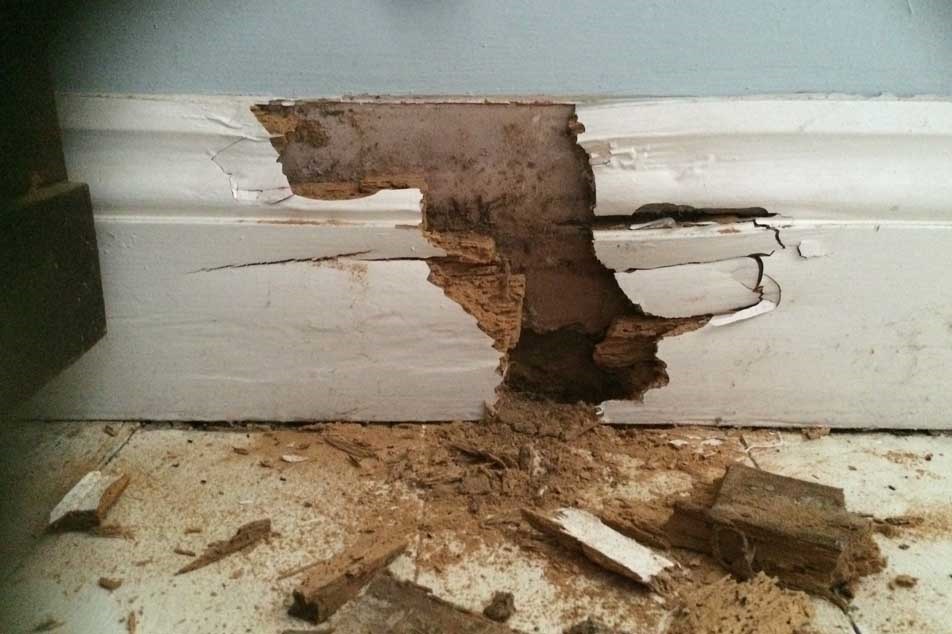Wet rot can be a silent destroyer. Lurking within the structure of buildings. Gradually undermining their integrity. It is a menace that homeowners and property managers need to be keenly aware of. In this comprehensive guide, we will delve into the depths of wet rot. Exploring its causes, signs, and most importantly, how to tackle it head-on to preserve the structural integrity of your property.
How You Can Understand Wet Rot?
Wet rot is a type of fungal decay that occurs in timber and wood-based materials when they are exposed to high levels of moisture for extended periods. Unlike its counterpart, dry rot, wet rot requires higher moisture levels to thrive. It typically occurs in areas where dampness is prevalent. Such as poorly ventilated crawl spaces, basements, or areas affected by plumbing leaks or roof damage.
Identifying Wet Rot
Wet rot manifests through various visual cues, including:
- Discolored and Decaying Timber: Wood affected by wet rot often appears darker in color and feels spongy to the touch.
- Musty Odor: A damp, musty smell may permeate areas where wet rot is present.
- Presence of Fungal Growth: Look out for mushroom-like fungal growth on the surface of affected timber.
The Consequences of Ignoring Wet Rot
Ignoring wet rot can lead to severe structural damage and compromise the safety of a building. Left unchecked, it can spread rapidly, causing extensive damage to timber structures, floorboards, and even load-bearing elements of a property.
Preventing Wet Rot
Prevention is key to combating wet rot and safeguarding your property against its detrimental effects. Here are some proactive measures you can take:
- Ensure Proper Ventilation: Adequate ventilation helps maintain optimal moisture levels and prevents the buildup of dampness.
- Address Plumbing Issues Promptly: Leaking pipes and fixtures should be repaired without delay to prevent moisture ingress.
- Protect Timber Surfaces: Apply suitable wood preservatives or treatments to vulnerable areas, such as exposed timber in outdoor structures.
Treating Wet Rot
If you suspect wet rot on your property. Prompt action is essential to mitigate its spread and minimize damage. Treatment methods may include:
- Drying Out Affected Areas: Eliminating moisture is crucial to halting the progression of wet rot. Use dehumidifiers and fans to dry out damp spaces.
- Replacing Damaged Timber: Severely affected timber may need to be replaced to restore structural integrity.
- Application of Fungicidal Treatments: Specialized fungicidal products can be applied to affected areas to eradicate fungal growth and prevent recurrence.
Conclusion
Wet rot poses a significant threat to the structural integrity of buildings, but with vigilance and proactive measures, it can be effectively managed and prevented. By understanding the causes, signs, and treatment options for wet rot, homeowners can protect their properties from this insidious menace.
FAQs
What causes wet rot?
Wet rot is primarily caused by prolonged exposure to moisture. Which provides an ideal environment for fungal growth.
Can wet rot spread to other areas of the property?
Yes, wet rot can spread if left untreated. Potentially causing widespread damage to timber structures.
How can I prevent wet rot in my home?
Ensuring proper ventilation. Addressing plumbing leaks promptly and protecting timber surfaces with appropriate treatments are effective preventive measures.
Is wet rot dangerous?
While wet rot may not pose an immediate threat to occupants. It can compromise the structural integrity of a building over time if left untreated.
Can wet rot be treated without professional assistance?
While minor cases of wet rot may be addressed by homeowners. Severe infestations often require professional intervention to ensure effective treatment.
How long does wet rot treatment take?
The duration of wet rot treatment varies depending on the extent of the infestation and the chosen remediation methods.





Comments